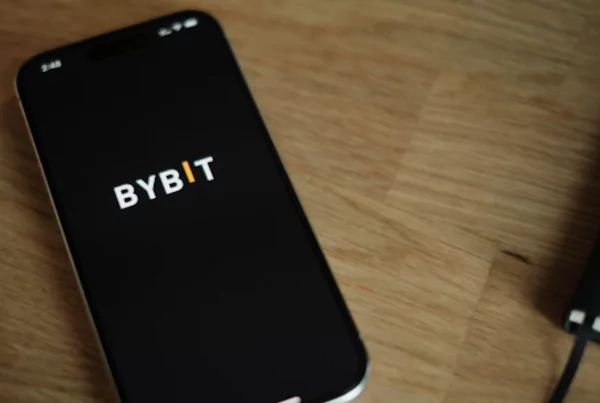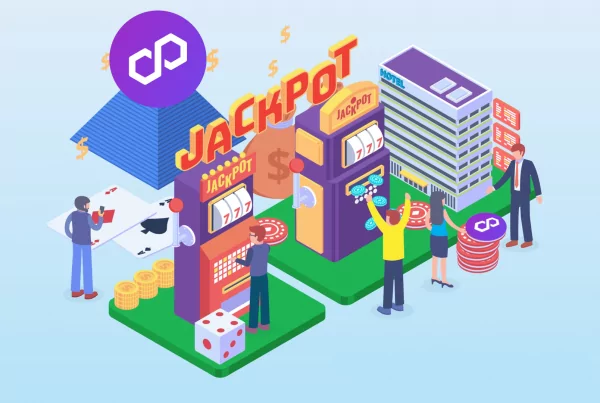
Game theory is one of the ideas that blockchain tech was built on. It allows digital currencies like Bitcoin and Ethereum to cope with discrepancies in the network and makes certain databases remain accurate.
The success of Bitcoin has boomed the growth of crypto exchanges that trade pairs like BTCUSDT, ADAUSDT, and ETHUSDT. Before Bitcoin’s whitepaper was released, the math behind the trustworthiness of the blockchain was based on game theory. This widely accepted theory tries to predict human behavior by displaying the possible strategies individuals can use.
Game theory describes a valid game as containing three key elements. The first is the players that make up the competition for the game. The second is the strategy that the players try to gain edges over one another. The third is the payoff or reward that players get after getting to a particular stage.
Game theory can be applied to all games and even real-life activities. For instance, military wars, trade wars, economic systems, and computer technology are sectors that use game theory.
The Prisoner’s Dilemma
The prisoner’s dilemma is the most popular example used to make people understand game theory. It starts with two criminals who are guilty of an act and have been apprehended by law enforcement.
The criminals are spoken to separately, and a confession will lead to a lesser sentence. It is assumed that neither criminal can speak with the other.
Suppose Criminal A gives up Criminal B, but Criminal B doesn’t give up Criminal A. In that case, Criminal A serves five years in prison. The same situation applies to Criminal B giving up Criminal A. if Criminal A and B give up each other, they serve three years each. If Criminal A and B do not betray each other, they serve one year each.
The prisoner’s dilemma shows that the best situation for both criminals is not to give up on each other and serve one year each. However, since there’s a potential of a 5-year sentence, a rational person will act in self-interest. Therefore, both criminals will most likely give up each other, and three years each is served.
Economics in Cryptocurrency
The economic application of cryptocurrency relies on game theory. The game theory part of the blockchain establishes a predictive model that the technology is built on. With the application of game theory, rational nodes in a blockchain network boost security in peer-to-peer (P2P) frameworks.
The blockchain is an extensive database where network participants must agree or reach a consensus on the blocks to validate. Bitcoin’s model is based on Proof of Work, where new transactions need to be validated by mining rigs solving mathematical equations.
A consensus mechanism like Proof of Works depends on the tenets of game theory to build a trust-less organization. Solving these math problems requires resources, and rational miners in the network have to act honestly to avoid punishment.
This punishment typically involves the miner losing resources if the wrong transaction is validated. A wrong transaction could be a double-spend, which means one unit of currency gets spent twice. It’s akin to a person having $5 on them, spending that $5 at a store, and spending the same $5 at another store.
Game theory depicts that every node in the network would be incentivized to accept only valid transaction blocks. This way, like Criminal A and B, they act in their self-interests to gain the highest reward.
Conclusion
The game theory concept is applied in several aspects of life involving strategy. It is applied in cryptocurrency to theorize that nodes in a blockchain network will act in a way that benefits network users. The prisoner’s dilemma is the best-used instance of explaining the game theory. It shows that miners will act in an honest way to avoid punishments.



